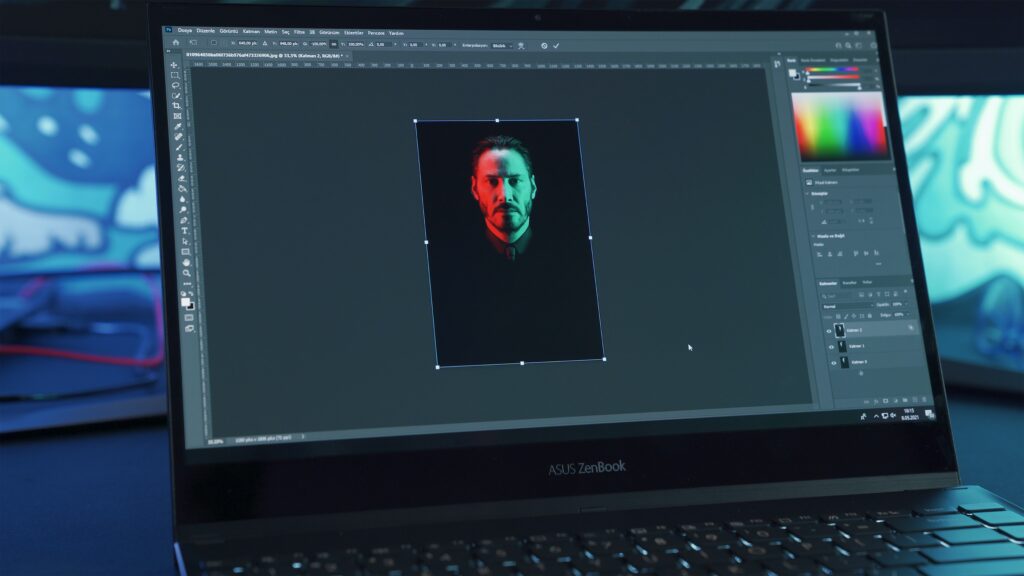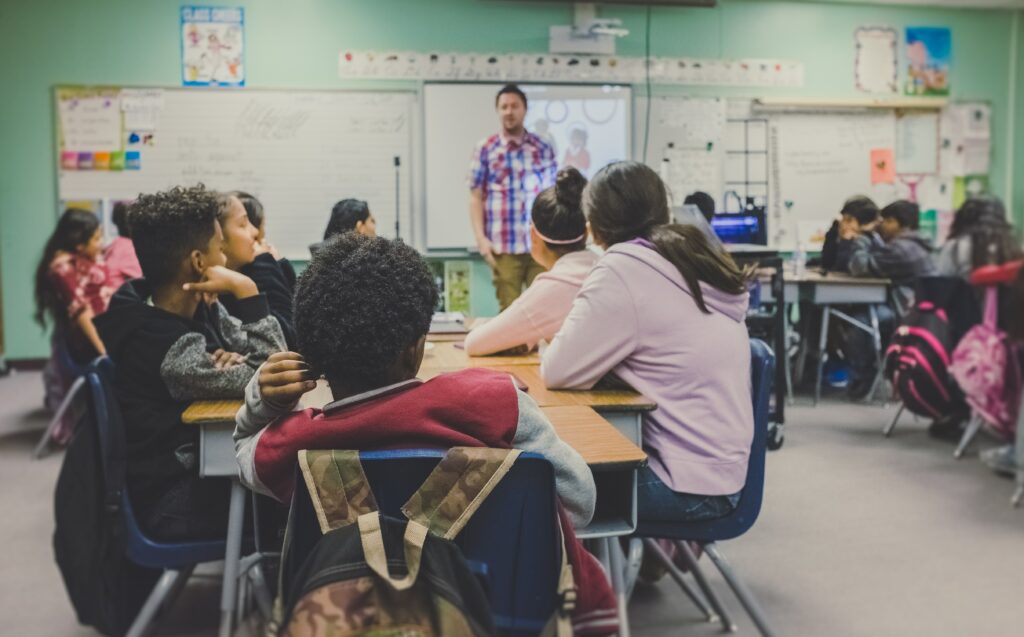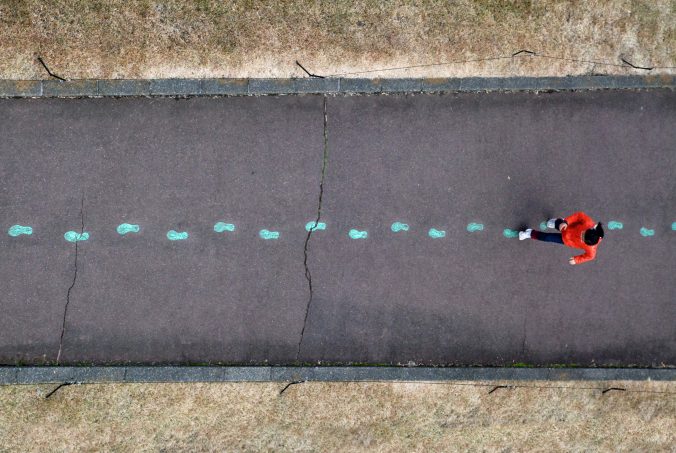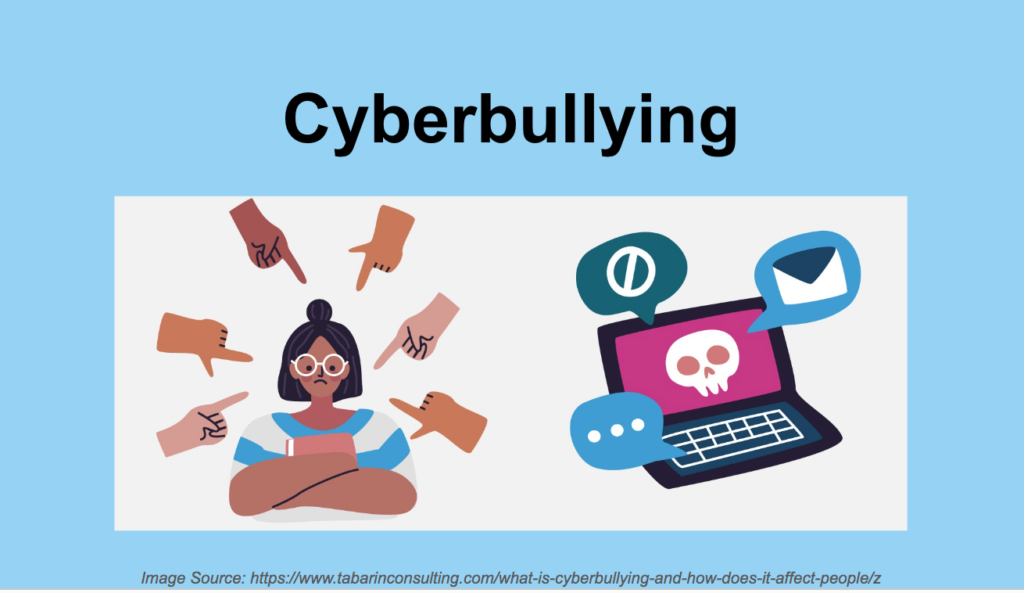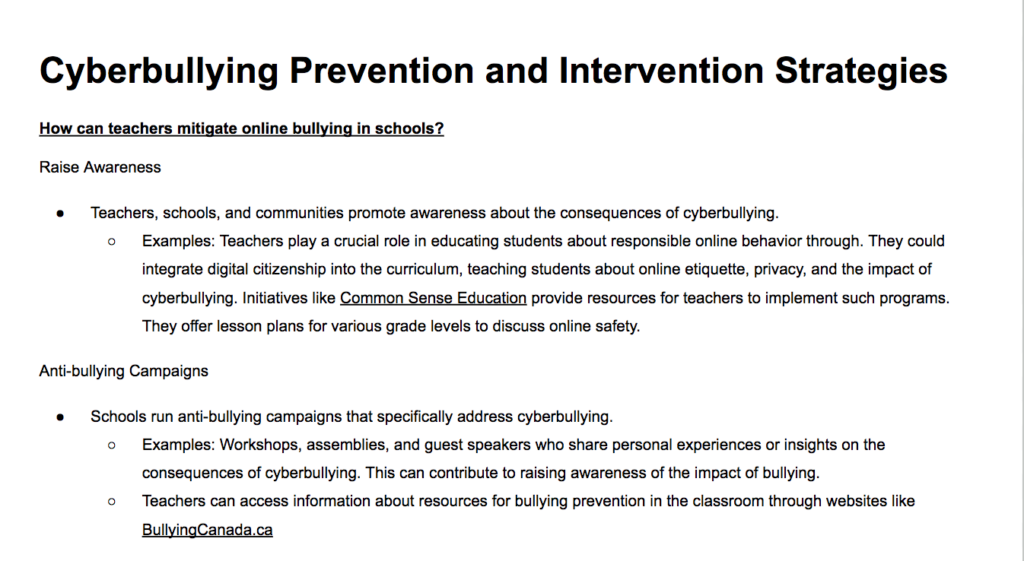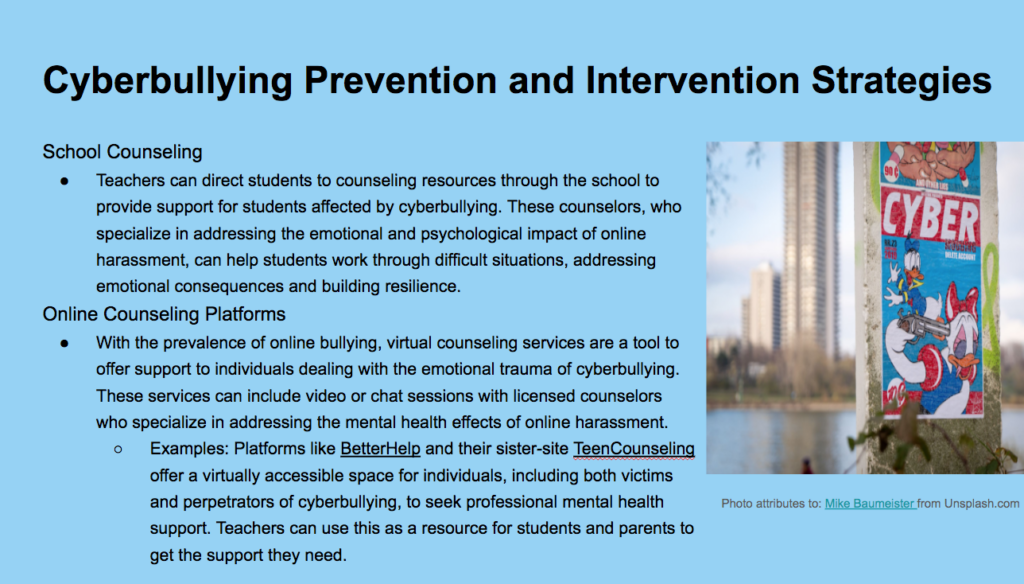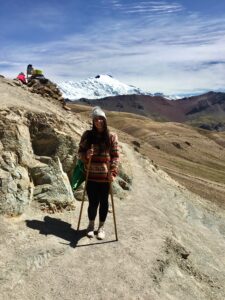This week we discussed the pros and cons of online learning. With the Covid-19 pandemic being the most recent global event that impacted the way in which we go about learning, this topic is very relevant to today’s teaching. In my personal experience, I hated online learning in the beginning. I am and always have been a pen and paper person, someone who takes their notes by hand and minimizes the about of technology used in an educational setting. I think our world is already very much online and sometimes it’s best to keep aspects of our lives not involved in the online space. I found it incredibly difficult to focus in my classes with this adapted instruction and found the lectures to not be engaging. They made me lose interest in subjects I would have otherwise been excited about. I sat for hours a day staring at a screen and had no meaningful engagement or socialization with my classmates. Group work was made more complicated and painful to complete with online classes, too, with arranging meetings and generating quality discussions proving to be overly complicated.
On the other hand, I slowly learned to love aspects of online learning. It allowed me the freedom to complete my schooling from anywhere, which presented the opportunity to live in Mexico while completing my Spanish credits, as well as to live at home and save money while attending classes. Living in Mexico while taking mostly upper-level Spanish credits presented a special opportunity to master aspects of language acquisition that I would have otherwise not been able to experience confined to a UVic classroom. Online learning also offered a seamless transition to submitting assignments. I no longer needed to be physically present in class to submit a hard-copy assignment and could format everything digitally.
If I were to use online learning in the future, I would adapt my subject areas to focus less on group work and more on written or spoken assignments with creative elements. For example, I would have my students in social studies make a short video of them discussing the events of WWI, or my Spanish students create a voice-over presentation accompanying a PowerPoint of a Spanish speaking country. Furthermore, I think there is a great opportunity to allow for artistic creativity and incorporate something like Canava into practice.


